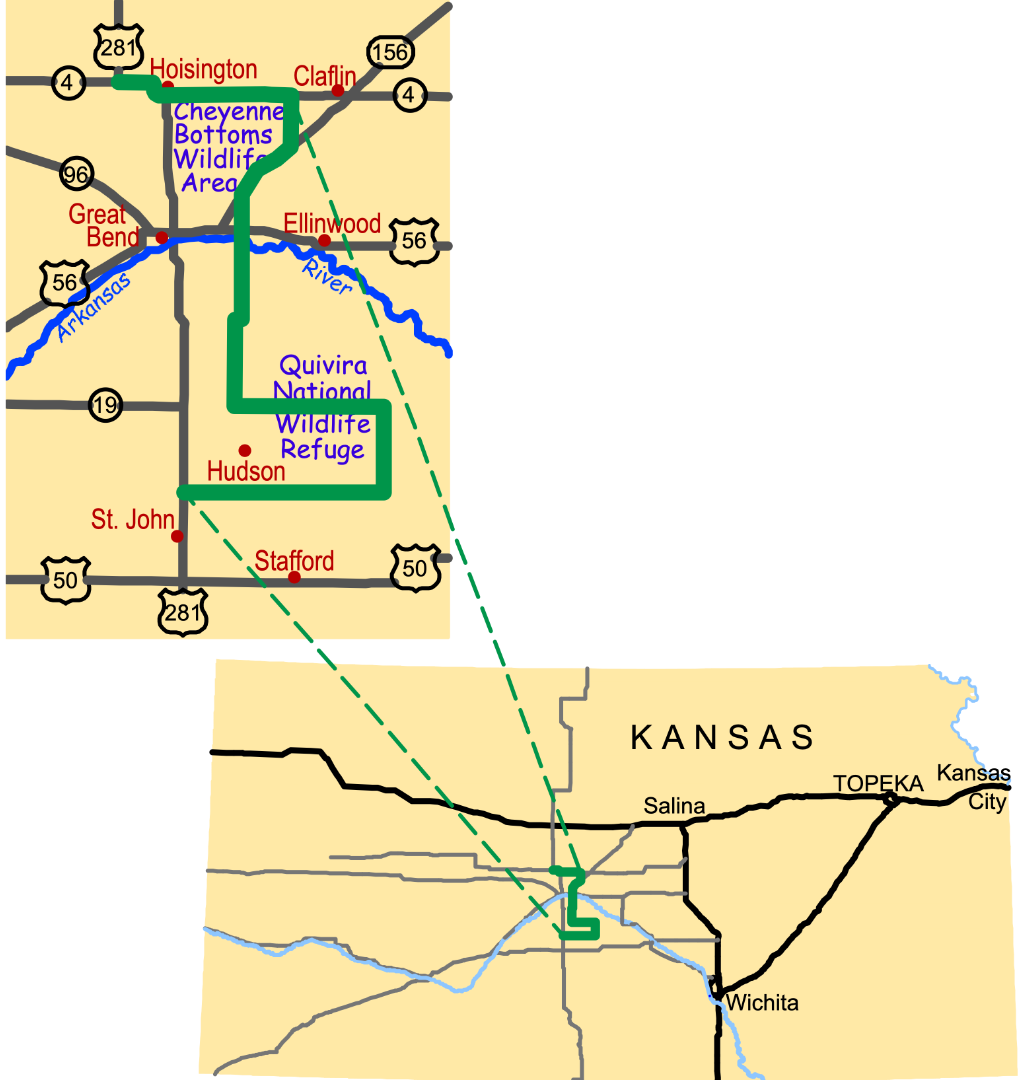Working...

Jackrabbit Run
Greyhounds to the Rescue
"Out in Kansas we have [a] rare sport hunting jack-rabbits. Eastern boys can hardly guess how much excitement there is in it ... We hunt them on horseback, with greyhounds. All the settlers in our section keep one or more greyhounds on purpose to hunt jack-rabbits."
-The Boys' Book of Sports and Outdoor Life, 1886, Maurice Thompson, ed.
Behold the black-tailed jackrabbit, supremely adapted to prairie life. In scorching summer heat, the jackrabbit's long ears act like radiators to keep it cool. Able to extract all the water it needs from leaves and bark, it can do without drinking water. When threatened by its many formidable predators-including coyotes, eagles, owls, hawks, rattlesnakes, and, at one time, wolves-it attempts to escape notice by sitting motionless. When it needs to, it can leap 25 feet in a single bound and reach speeds of 40 mph.
As settlers moved into Kansas, they inadvertently set the stage for conflict with jackrabbits, replacing prairie habitat with crops and killing off predators that kept jackrabbit populations in check. To control jackrabbits, farmers imported greyhounds from the British Isles. The fastest dogs on earth, greyhounds were perfect for the task and became a common sight on prairie farms.
Not a Rabbit After All
Black-tailed jackrabbits are actually hares. Unlike rabbits, hares don't make underground burrows, and their babies are born fully furred, with eyes wide open. Larger than most rabbits, adult black-tailed jackrabbits grow to over two feet long and weigh up to ten pounds.
Birthplace of American Coursing*
With their new, fleet-footed greyhounds in hand, settlers soon discovered the sport of coursing, in which greyhounds chased a live rabbit in an enclosed field. In 1886, the American Coursing Club in Cheyenne Bottoms hosted the nation's first regulated greyhound coursing match.
Motion and Change
"I have often laughed to see a wolf hunt jack-rabbits. The wolf will sneak along, crouched close to the ground, and work up to a ring of grass, then give a sudden jump right into the midst of it. About one time in fifty he will manage to seize the sleeping jack"
- The Boys' Book of Sports and Outdoor Life, 1886, Maurice Thompson, ed.
Download the interpretive panel: Jackrabbit Run Panel located at the Cheyenne Bottoms Headquarters on NE 60 Rd.
To listen to more information click on the Audio Tour
Go to the Gallery to view photographs contributed by visitors to the Byway.
* American Coursing
Imagine the rustle of silk dresses and the cheering of crowds mingling with the sounds of nature at Cheyenne Bottoms. In 1886, the Bottoms hosted the first national greyhound coursing match. Unlike modern-day greyhound racing, coursing was a competition in which two dogs chased a live jackrabbit, either on a half-mile track in an enclosed field or out on the open range. Cheyenne Bottoms boasted a fine grandstand for viewing greyhound coursing, which continued here until 1892.
More Birds and Wildlife pages...
Birds of the Woods and Prairie
Birds of the Wetlands and Water
Wings Over the Water
Home on the Range
Magic Muck
Prey and Play



